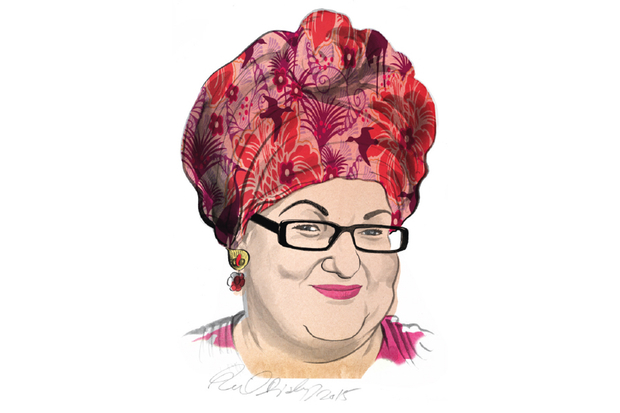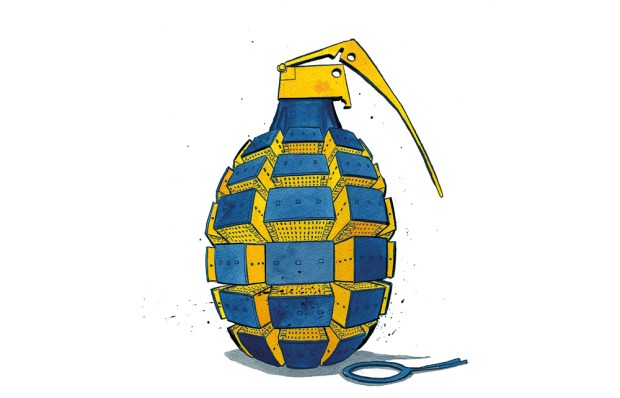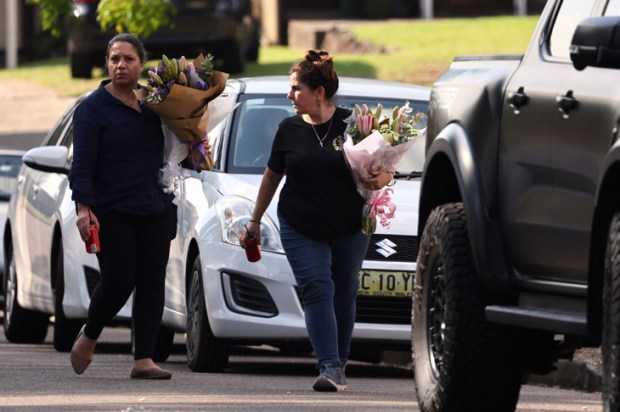In 2006, when David Cameron was leader of the opposition, he made an infamous speech that is remembered as an exhortation to hug a hoodie. Feral youth, he said, should be helped rather than demonised. He was reaching towards what he hoped would be a new, ‘compassionate’ conservatism inspired in part by the charismatic social activist Camila Batmanghelidjh.
Already a subscriber? Log in
Get 10 issues
for $10
Subscribe to The Spectator Australia today for the next 10 magazine issues, plus full online access, for just $10.
- Delivery of the weekly magazine
- Unlimited access to spectator.com.au and app
- Spectator podcasts and newsletters
- Full access to spectator.co.uk
Or
Unlock this article
You might disagree with half of it, but you’ll enjoy reading all of it. Try your first month for free, then just $2 a week for the remainder of your first year.














Comments
Don't miss out
Join the conversation with other Spectator Australia readers. Subscribe to leave a comment.
SUBSCRIBEAlready a subscriber? Log in